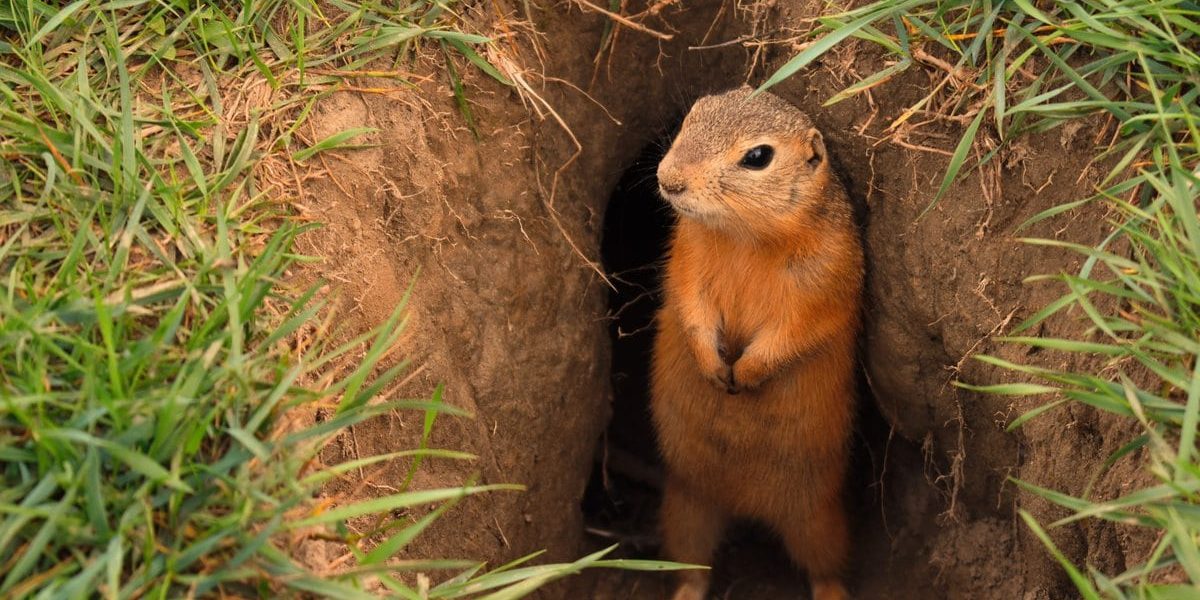Ultimate Bug Control Solutions for Taking On Persistent Gopher Problem Issues
In the world of insect control, gophers provide an one-of-a-kind challenge due to their persistent nature and damaging routines. Gardeners and property owners commonly discover themselves secured a battle of wits with these below ground bugs, looking for effective services to reclaim their outside areas. While the mission for gopher control might appear challenging, there exist targeted techniques and tools that can turn the trend for those looking for break from these tunneling problems. By discovering an extensive approach that incorporates understanding gopher behavior, utilizing specialized capturing techniques, utilizing repellents, and adopting long-term avoidance techniques, a course towards effective gopher monitoring arises. The journey in the direction of accomplishing comfort when faced with gopher invasions starts with a informed and calculated method.
Comprehending Gopher Actions Patterns
Evaluating gopher habits patterns provides beneficial understandings into their preferences and behaviors, assisting in the development of efficient parasite control approaches. Understanding exactly how gophers act is vital in developing successful bug administration plans.
Gophers are tunneling rats understood for their extensive tunneling tasks. gopher lawn damage. By observing their actions, researchers have found that gophers are territorial creatures, with each gopher usually populating its own tunnel system. These tunnel systems offer different purposes, including nesting, food storage space, and protection from predators
Additionally, gophers exhibit details feeding patterns, liking roots, bulbs, and other underground plant parts. By recognizing their nutritional choices, bug control professionals can tactically lure catches or apply repellents that target these food sources, effectively decreasing gopher populations.
Furthermore, gophers are most active throughout certain times of the day, normally early morning and late mid-day. This understanding can help in organizing parasite control tasks for maximum effectiveness. In general, a comprehensive understanding of gopher behavior patterns is necessary for implementing targeted and efficient insect control measures.
Reliable Trapping Strategies
When dealing with gophers, traps are a humane and reliable technique for control. One of the most typically made use of traps is the box trap, which catches gophers active so they can be launched elsewhere. It's important to examine traps regularly to ensure trapped gophers do not suffer and to eliminate caught gophers without delay.
Utilizing Repellents and Deterrents
To match the efficiency of capturing techniques in taking care of gopher infestations, residential or commercial property proprietors can check out the application of repellents and deterrents as extra tools in their parasite control toolbox. Deterrents, on the various other hand, aim to make the setting much less attractive to gophers by making use of vibrations or sound to imitate predators or create disruptions that make the location inhospitable for gophers. When integrating repellents and deterrents into a pest control technique, it is necessary to adhere to application guidelines very carefully and frequently reapply the items to keep their effectiveness in preventing gophers from triggering damage to homes.
Implementing Natural Control Methods

Gopher catches can be positioned purposefully in go to my site active tunnels to catch and remove the insects. These traps are a humane way to manage gopher populaces without resorting to toxin or dangerous chemicals. By combining these natural control methods, it is possible to efficiently handle persistent gopher invasions in an environment-friendly way.
Integrating Long-Term Avoidance Approaches
To establish enduring control over gopher problems, it is vital to include positive procedures that concentrate on stopping future incidents. Implementing long-lasting prevention approaches can substantially decrease the chance of gopher re-infestations.
Another essential facet of long-term prevention is maintaining a clean yard or yard. Gophers are brought in to areas with plentiful food sources like plants, roots, and bulbs. By keeping plants well-trimmed and getting rid of excess particles, you can make your home much less appealing to gophers. Exercising correct waste monitoring by disposing of organic materials promptly can aid deter these pests from taking up residence on your land. By pop over to this web-site incorporating these aggressive measures right into your parasite control approach, you can develop a hostile environment for gophers, eventually reducing the likelihood of future invasions.

Verdict
Finally, attending to gopher invasions calls for an extensive approach that integrates capturing strategies, repellents, natural control techniques, and long-term avoidance approaches. By understanding gopher habits patterns and utilizing a combination of these options, property owners can successfully take care of relentless problems and protect against future incidents. It is important to regularly keep track of and maintain these parasite control measures to ensure a gopher-free setting.
By exploring a detailed technique that incorporates understanding gopher habits, employing specialized trapping techniques, utilizing repellents, and adopting long-lasting redirected here avoidance methods, a course towards efficient gopher management emerges. By observing their actions, scientists have discovered that gophers are territorial creatures, with each gopher normally inhabiting its very own tunnel system. It's important to examine traps regularly to make sure trapped gophers do not suffer and to get rid of caught gophers without delay. Deterrents, on the other hand, purpose to make the atmosphere much less eye-catching to gophers by using vibrations or seem to simulate killers or create disruptions that make the area inhospitable for gophers. Additionally, growing specific plant life that gophers dislike, such as castor bean plants or gopher spurge, can act as a deterrent.